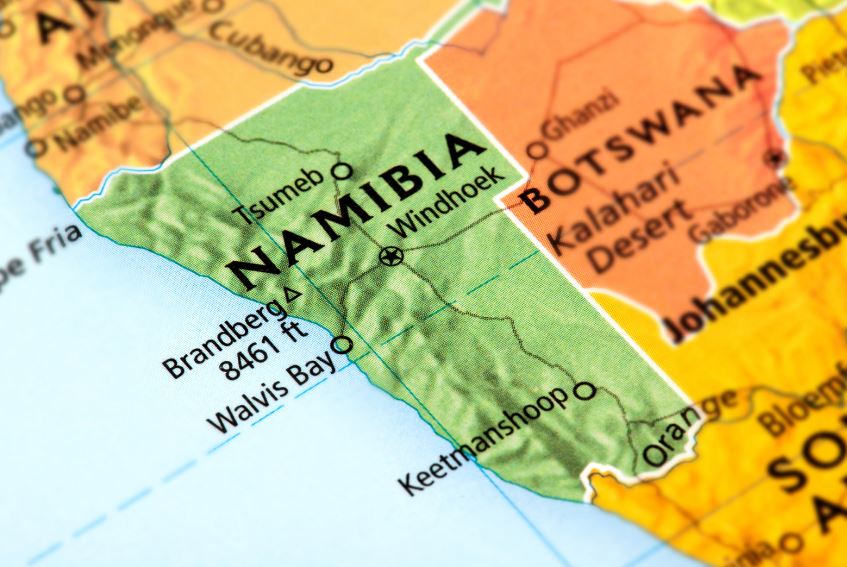Namibia is positioning itself as a key player in the emerging green hydrogen sector, with the upcoming launch of the Daures Green Hydrogen Village in September 2024.
While the project promises to contribute to the global green energy transition, it’s crucial to scrutinize whether these initiatives genuinely align with industry standards and the country’s broader energy goals.
The Daures Green Hydrogen Village is designed to produce 18 tonnes of hydrogen and 100 tonnes of green ammonia annually. While these figures may sound impressive, they warrant a closer look. The production capacity, although a step forward, remains modest compared to global benchmarks. For instance, larger-scale hydrogen facilities in Europe and Asia are targeting production capacities in the hundreds of tonnes per day. Therefore, while the Daures project is a commendable start, it may not significantly impact the global hydrogen market in its current phase.
Infrastructure and Capacity: Is it Enough?
The project boasts a 0.88 MW solar array with battery storage, a necessary component for sustainable hydrogen production. However, this capacity is relatively small when compared to the renewable energy infrastructure required for large-scale hydrogen production. The integration of a campsite, eco-lodge, and greenhouse into the project adds a unique community-focused dimension, but it also raises questions about the project’s primary focus. Is the Daures Village a hydrogen production facility, or is it more of a multifaceted eco-tourism initiative with hydrogen as one of many components?
The Daures project emphasizes local development, with 10% community shareholding and 201 jobs created so far, 77% of which are filled by youth. While these numbers are positive, the long-term sustainability of these jobs and the true economic impact on the local community remain to be seen. The inclusion of vocational training and a laboratory for hands-on experience is a step in the right direction, but it is essential to ensure that these educational efforts translate into real career opportunities within the hydrogen sector.
Cleanergy Solutions Namibia’s project in Walvis Bay is touted as Africa’s first hydrogen plant to directly harness solar energy for hydrogen production, with a public refueling station. This initiative could set a precedent for similar projects across the continent, but its true innovation lies in how it compares with international standards. While Namibia is pioneering within Africa, global leaders in green hydrogen are already exploring more advanced technologies and scaling up production capacities. Cleanergy Solutions Namibia’s impact will depend on its ability to compete in this rapidly evolving global market.
Role of Government
The Namibian government’s commitment to green energy, as highlighted by the Erongo governor, is crucial for the success of these projects. However, government support alone may not be enough to propel Namibia to the forefront of the global hydrogen economy. The success of these initiatives will depend on their ability to scale, attract international investment, and integrate with global supply chains. Moreover, the Hydrogen Academy’s role in training future professionals is vital, but its effectiveness will depend on the quality of training and its alignment with industry needs.
